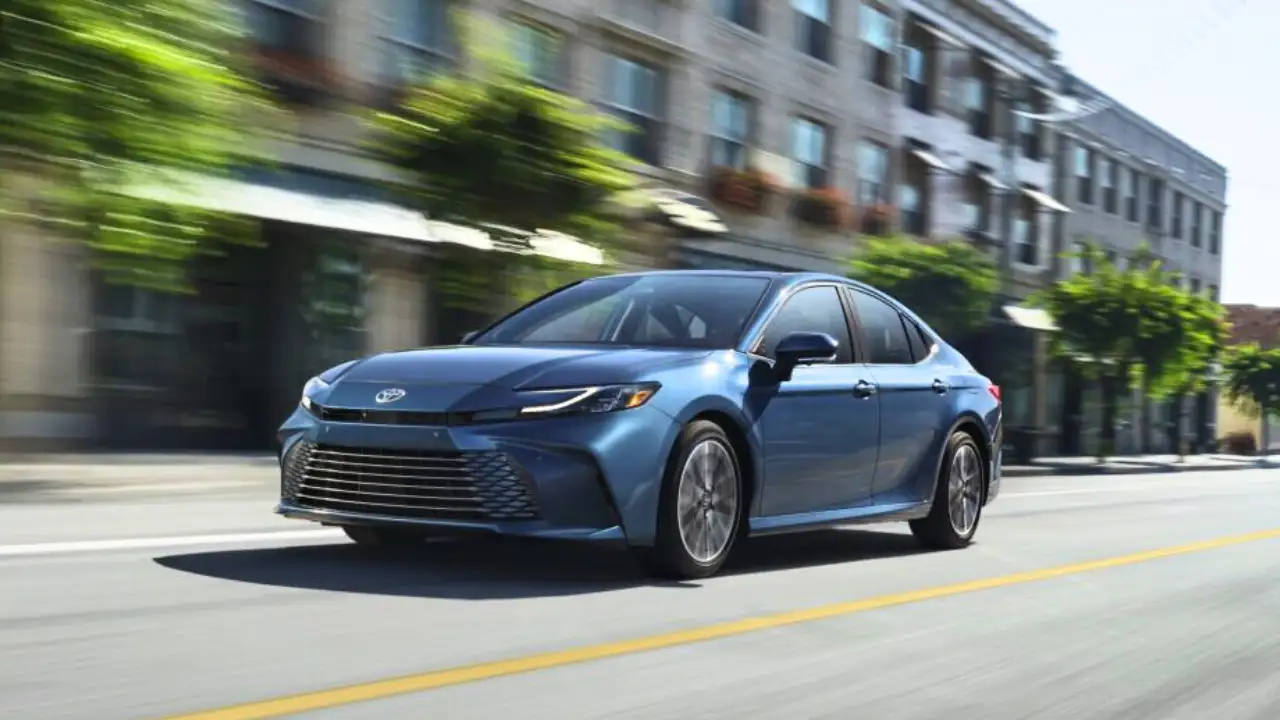Wheel alignment is a crucial part of keeping your car running smoothly. When the wheels are properly aligned, your car drives straight and handles well. However, when alignment is off, your car might pull to one side or feel unstable.
Proper wheel alignment ensures that your tires wear evenly and last longer. It also improves fuel efficiency and makes driving more comfortable. Poor alignment, on the other hand, can lead to uneven tire wear, poor handling, and higher fuel consumption.
Some sedans are designed with features that help them maintain alignment longer. These vehicles have strong suspension systems, precise steering components, and a well-balanced design. As a result, they don’t need frequent adjustments and can provide a smooth ride for years.
On the other hand, some sedans constantly need alignment adjustments. These cars may be more prone to tire misalignment due to softer suspension components, design flaws, or driving conditions. Over time, this can result in a noticeable pull to one side or uneven tire wear.
5 Sedans That Rarely Lose Alignment
Car owners need to understand which sedans are known for maintaining their alignment and which ones need frequent adjustments. It helps in choosing a vehicle that fits your needs and minimizes costly repairs. Regularly checking and maintaining wheel alignment can save you time and money in the long run.
1) Toyota Camry
The Toyota Camry has long been known for its reliability and solid road performance. One standout feature of this sedan is its ability to maintain proper wheel alignment even after extended use or rough driving conditions.
The Camry’s suspension system is built with high-quality components, ensuring durability and stability. This design helps the car stay aligned and perform well, reducing the need for frequent adjustments, which saves owners money and time.
In addition to its suspension, the overall design of the Camry contributes to its ability to maintain alignment. The car’s chassis is engineered to distribute weight evenly, minimizing the risk of alignment issues over time, even after long or challenging drives.
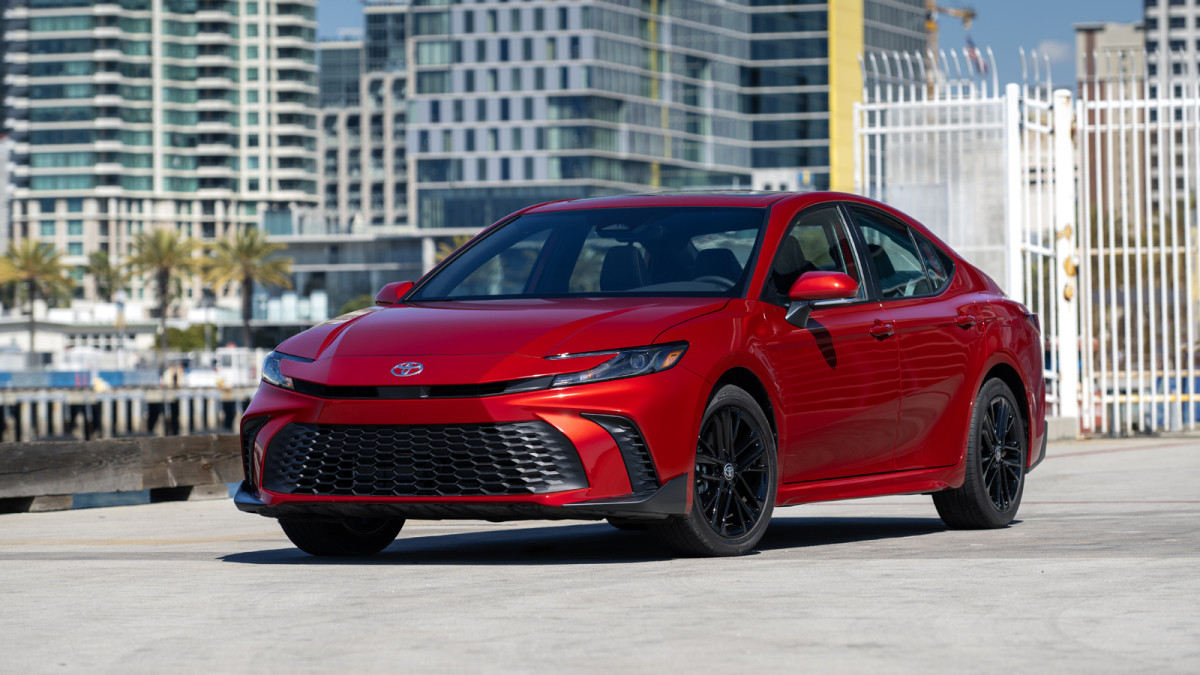
Another key factor in the Camry’s long-lasting alignment is its steering system. The steering is designed to be precise and smooth, preventing the car from pulling to one side or feeling unstable, even after months of use.
Toyota’s attention to detail with the Camry ensures that the vehicle doesn’t require constant maintenance for wheel alignment. This makes the Camry a top choice for those seeking a reliable sedan with minimal upkeep.
Additionally, many Camry owners report that the car’s alignment remains intact unless there is a significant bump, collision, or accident. In these cases, alignment may need to be checked, but regular adjustments are rarely necessary under normal driving conditions.
This level of alignment stability adds to the overall driving comfort and confidence the Camry provides. Whether on highways, city streets, or rougher terrain, drivers can enjoy a smooth ride without constantly worrying about alignment problems.
The Camry’s ability to hold alignment is a testament to Toyota’s commitment to engineering high-quality, dependable vehicles. It’s a great choice for those who want a sedan that will stay aligned for years with little maintenance.
Also read: 5 Crossovers That Rarely Need Suspension Work and 5 That Constantly Do
2) Honda Accord
The Honda Accord is a sedan that stands out for its smooth and steady drive. One of its key features is its ability to stay aligned, even over long periods and various driving conditions.
The Accord’s strong chassis and balanced weight distribution play a major role in its ability to maintain alignment. These features help prevent the vehicle from pulling to one side, even after years of use, ensuring that it stays straight and stable on the road.
The car’s design is built for comfort and lasting performance, which helps avoid frequent alignment issues. With a well-engineered suspension system, the Accord is less prone to misalignment, even after driving on rough roads or uneven surfaces.
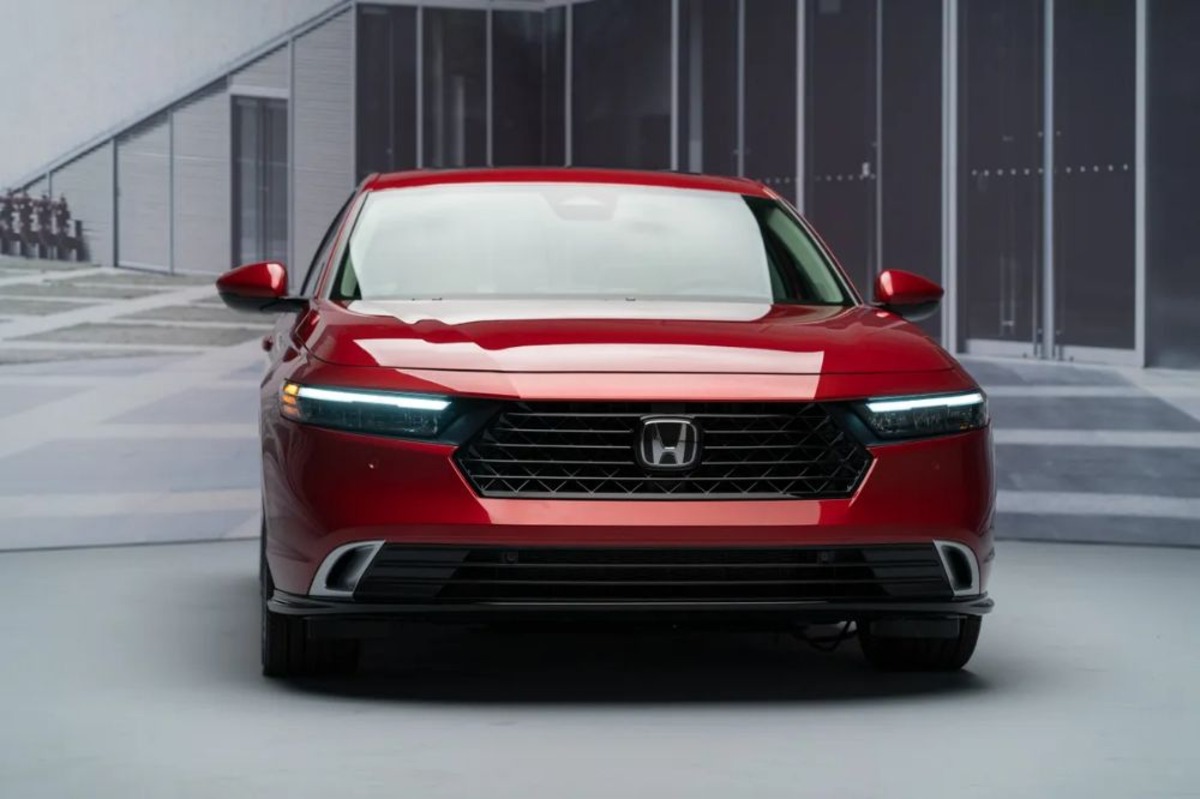
Unlike many sedans that may need regular alignment checks, the Accord tends to hold its alignment much longer. Drivers can enjoy a smooth driving experience without worrying about the need for constant maintenance or adjustments.
Honda’s focus on creating a well-balanced vehicle ensures that the Accord can handle different driving conditions without losing alignment. Whether you’re driving in the city, on highways, or encountering some bumpy roads, the Accord maintains stability.
In addition to its solid chassis and weight distribution, the Accord’s suspension components are designed for durability. This helps reduce the wear and tear on alignment parts, making it a reliable sedan for long-term ownership without frequent visits to the mechanic for alignment.
The Honda Accord’s consistent alignment is a result of careful engineering. Its design aims to provide a comfortable ride while also keeping maintenance needs to a minimum, particularly in terms of wheel alignment.
3) Subaru Legacy
The Subaru Legacy is a sedan that excels in maintaining alignment, thanks to its symmetrical all-wheel drive system. This advanced feature ensures that all four wheels are powered equally, which helps keep the vehicle stable and aligned, even under challenging driving conditions.
One of the key reasons the Legacy maintains alignment well is its firm suspension system. This robust suspension allows the car to absorb bumps and uneven road surfaces without shifting or misaligning the wheels over time.
The symmetrical all-wheel drive system also provides better traction, which contributes to smoother handling on various road types. Whether driving on wet, snow-covered, or uneven roads, the Legacy stays steady and aligned, reducing the risk of any misalignment issues.m

The Legacy’s firm suspension plays a crucial role in absorbing road imperfections, which helps maintain consistent alignment. As a result, drivers can enjoy a smoother, more comfortable ride without worrying about frequent alignment adjustments.
In addition to its all-wheel drive and firm suspension, the Legacy’s design helps reduce wear on the suspension components. This further minimizes the chances of misalignment, making it a reliable sedan for long-term use.
Subaru’s focus on creating a well-balanced and stable vehicle ensures that the Legacy can handle different road conditions with ease. This makes it an excellent choice for drivers who face varying weather and road conditions regularly.
4) Mazda6
The Mazda6 is a sedan that combines sporty handling with reliable suspension, making it a top choice for drivers looking for both fun and practicality. One of its most notable qualities is its ability to maintain proper wheel alignment, even after months of daily driving.
Thanks to its well-engineered suspension system, the Mazda6 remains stable and aligned over time. Unlike many midsize sedans that may require regular alignment checks, the Mazda6 stays straight and true, offering drivers a smoother experience without frequent trips to the mechanic.
The sporty handling of the Mazda6 doesn’t just make it fun to drive—it also contributes to its stability. The suspension and steering systems are designed to work together, ensuring that the vehicle stays well-balanced and aligned, even through tight turns or sudden changes in road conditions.
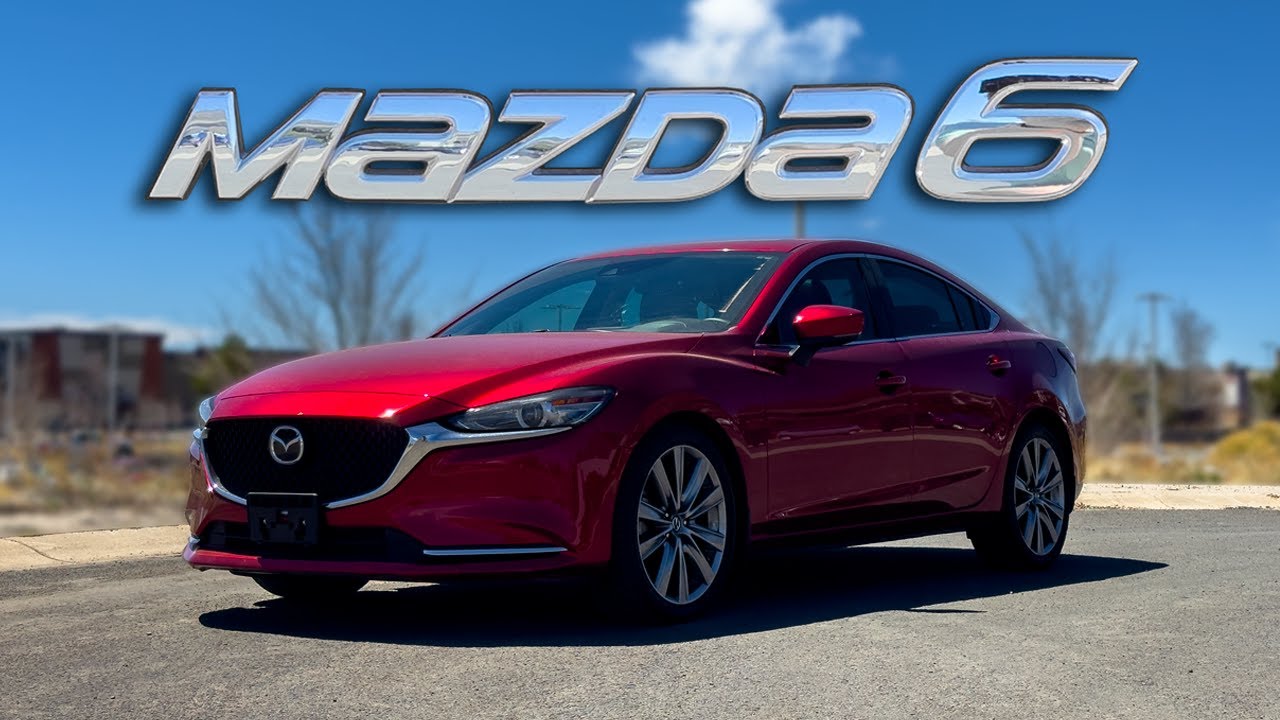
Many Mazda6 owners report fewer issues with alignment compared to other sedans in its class. This makes it a more cost-effective choice for long-term ownership, as the need for regular adjustments is reduced, saving both time and money.
In addition to its strong suspension, the Mazda6 also benefits from its lightweight and well-balanced design. These factors help the vehicle maintain its alignment, even with the added demands of everyday driving and occasional rough patches on the road.
Mazda6 is a great choice for those who want a sedan that stays aligned without needing constant maintenance. Its combination of sporty handling, dependable suspension, and solid engineering makes it an excellent option for drivers looking for a reliable, low-maintenance vehicle.
5) Lexus ES
The Lexus ES is a luxury sedan that stands out for its impressive reliability and smooth ride. Built on the Toyota platform, it combines high-end comfort with the durability of a well-engineered vehicle, making it a top choice for those seeking both luxury and dependability.
One of the key factors that helps the Lexus ES maintain wheel alignment is its sturdy frame. This solid foundation ensures that the car’s suspension system remains stable, even under various driving conditions, minimizing the chances of misalignment over time.
The ES’s well-designed suspension system further contributes to its ability to stay aligned. The suspension components are built to last, absorbing bumps and uneven surfaces while maintaining the vehicle’s stability and alignment, reducing the need for frequent adjustments.
As a luxury vehicle, the Lexus ES offers a smooth and comfortable ride, but it also excels in maintaining its structural integrity. Its suspension and framework work together to ensure that the wheels stay aligned, providing a driving experience that remains consistent and reliable over time.
Unlike many high-end sedans that may experience misalignment after some use, the Lexus ES is known for its long-term alignment stability. This makes it a practical choice for those looking for a low-maintenance luxury car that won’t require frequent alignment checks.
In addition to its sturdy build, the Lexus ES’s smooth ride and excellent engineering help ensure that it maintains alignment better than many other luxury sedans. The vehicle’s design focuses on both comfort and long-term performance, making it a solid investment for drivers seeking lasting quality.
Also read: 5 Cars That Start Every Time and 5 That Need Prayers
5 Sedans That Constantly Need Adjustments
When it comes to sedans, not all are created equal—some demand more attention than others. Whether it’s frequent alignment checks, constant suspension tweaks, or electronics that just won’t stay dialed in, certain models seem to live at the mechanic’s shop. In this article, we’re spotlighting five sedans that, for better or worse, constantly need adjustments. If you’re considering one of these, brace yourself for a hands-on ownership experience.
1) Chevrolet Malibu
The Chevrolet Malibu is a comfortable sedan that, unfortunately, has a reputation for frequent alignment issues. Many owners report that even small road imperfections, like hitting a pothole, can cause the car to pull to one side or lead to uneven tire wear.
One of the main concerns with the Malibu is how sensitive its alignment is to minor bumps or rough roads. A small pothole or a curb can sometimes throw the vehicle’s alignment off, making it necessary for owners to frequently check and adjust the wheel alignment.
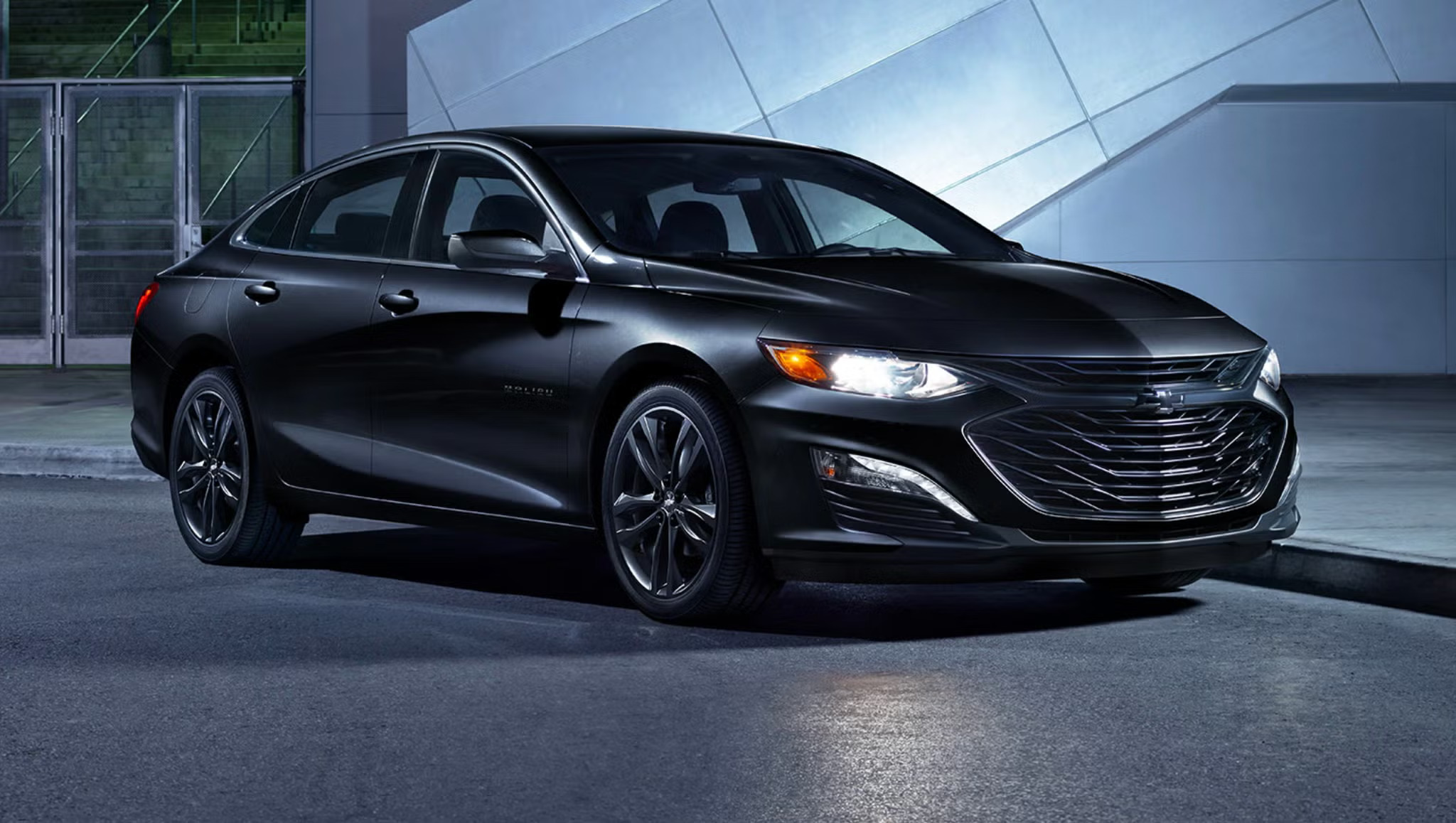
As a result, owners often find themselves making trips to the mechanic to address alignment issues. This can lead to higher maintenance costs over time, as the car may need more frequent alignment checks compared to other sedans in its class.
Another issue with the Malibu’s alignment is its tendency to cause uneven tire wear. When the wheels are not aligned properly, the tires wear down faster on one side, which can affect the car’s handling and require earlier tire replacements.
While the Chevrolet Malibu offers a smooth and comfortable ride, its frequent alignment problems make it less ideal for long-term owners looking for low-maintenance vehicles. The need for constant adjustments can be frustrating, especially when compared to sedans that hold alignment well over time.
Chevrolet Malibu’s tendency to experience alignment issues after minor bumps makes it a less reliable option for those who want a hassle-free driving experience. Frequent visits to the shop for alignment adjustments can add up, making the Malibu a less desirable choice for long-term ownership.
2) Ford Fusion
The Ford Fusion is a midsize sedan that offers comfort and style, but it also comes with a downside. Many owners and mechanics note that the Fusion often requires regular wheel alignment checks to keep it running smoothly and safely.
One reason behind this issue is the car’s softer suspension setup. While it adds comfort during daily driving, it also allows parts to shift more easily when the vehicle hits potholes, rough roads, or curbs, leading to misalignment.
In addition to the soft suspension, the steering components in the Fusion are known to wear faster under heavy use. As these parts loosen or shift, the alignment tends to go off track, causing the vehicle to pull slightly to one side or feel unstable.
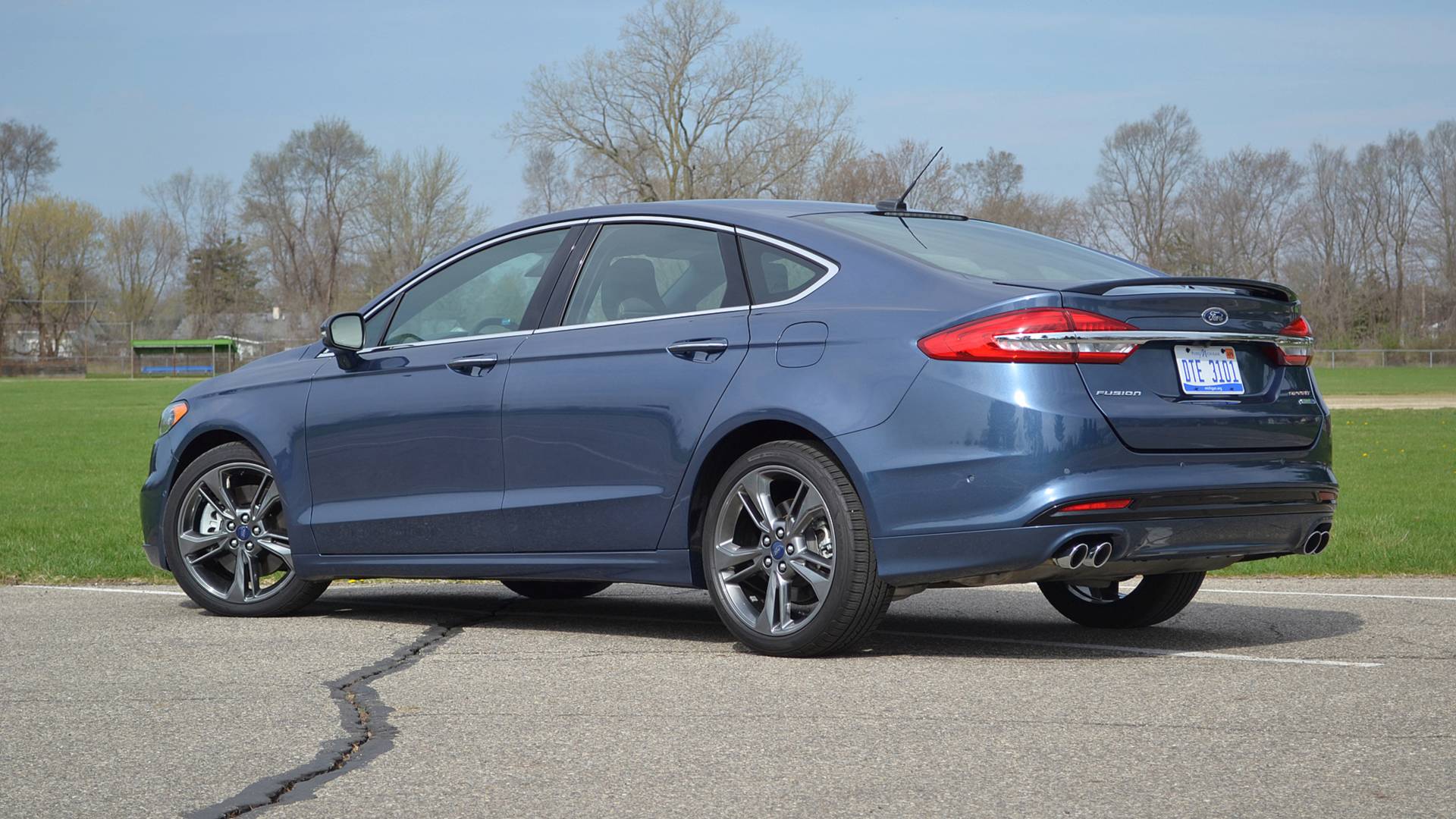
When a car’s wheels are out of alignment, it can lead to uneven tire wear, which is a common complaint among Fusion owners. This not only affects how the car drives but also means replacing tires more often, adding extra costs over time.
Drivers who frequently travel on rough or uneven roads may find the Fusion especially demanding when it comes to maintenance. Even after a routine drive, a small bump or dip in the road can be enough to throw off the alignment slightly.
While the Fusion is praised for its smooth ride and interior comfort, its need for constant alignment attention can be frustrating. Many drivers report having to get their alignment checked multiple times a year just to keep the car driving straight.
The Ford Fusion may be a stylish and pleasant car to drive, but its soft suspension and steering setup make it more prone to alignment problems. For those seeking a low-maintenance sedan, this frequent need for adjustments might be a major concern.
3) Volkswagen Passat
The Volkswagen Passat is known for its enjoyable driving experience, thanks to its European-style tuning. It offers sharp handling and a firm, responsive feel behind the wheel, making it a favorite for those who enjoy a sportier drive.
However, that same tuning comes with a drawback when it comes to alignment. The Passat’s suspension system is more sensitive to road conditions like bumps, dips, and potholes, which can lead to the wheels falling out of alignment more frequently.
Many owners notice that after driving on rough roads or hitting a curb, the steering feels slightly off. This is often a sign that the alignment has shifted and needs to be adjusted to keep the car running smoothly.

The Passat’s tight suspension setup, while great for cornering and control, doesn’t always absorb impacts well. As a result, components in the suspension system can shift or wear down faster, affecting the vehicle’s alignment.
This leads to a need for more regular alignment checks than what’s typically required for other midsize sedans. Without proper alignment, the car may pull to one side, and the tires may start wearing unevenly, which shortens their lifespan.
The cost of these repeated adjustments and tire wear can add up over time. For a car that’s otherwise reliable and refined, this issue may frustrate drivers who were expecting lower maintenance in the long run.
The Volkswagen Passat offers a refined and enjoyable driving experience, but it tends to require more alignment maintenance. Its sport-tuned suspension is fun on smooth roads but can become a hassle for those who frequently drive over imperfect surfaces.
4) Dodge Charger (Base Models)
The Dodge Charger is a bold and sporty sedan that stands out for its muscle-car look. However, when it comes to the base models, many owners report alignment issues that show up sooner than expected.
One common problem with the base Charger is that its suspension parts wear down faster than those in higher trims. These worn-out parts can lead to misalignment, causing the car to drift slightly or feel off-center while driving.
The Charger may feel solid on the road, but underneath, its basic suspension setup isn’t built for long-term strength. After hitting bumps or driving over rough roads, the suspension may shift, which throws off the alignment.
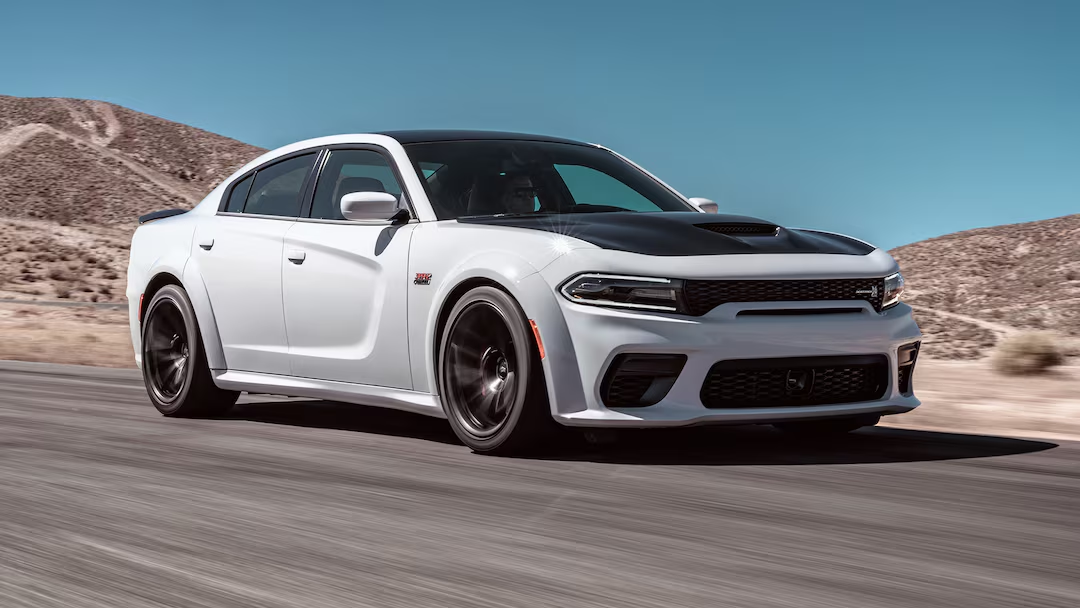
When the wheels go out of alignment, the Charger might start pulling to one side. This makes steering less comfortable and also increases the risk of uneven tire wear, which leads to quicker tire replacement.
Owners of the base Dodge Charger often find themselves making more visits to the mechanic for alignment corrections. Compared to other sedans in its size class, the Charger’s lower trims seem to need more frequent adjustments.
Over time, the cost of these repeated alignments can add up, especially if the suspension parts continue wearing out quickly. While the Charger looks tough and powerful, it needs more attention underneath to keep it running smoothly.
Despite these issues, many still enjoy driving the Charger for its strong engine and classic look. But it’s important for potential buyers to know that the base versions may come with hidden maintenance demands.
Also read: 10 Cars That Offer the Best Value Leasing Deals in 2025 Across Sedans, SUVs, and Trucks
5) Chrysler 200
The Chrysler 200 is a stylish sedan that looks modern and sleek on the outside. But behind the design, it has a long-standing reputation for issues related to steering and suspension parts.
Many drivers have reported that the car’s alignment shifts more quickly than expected. Even during everyday driving, it doesn’t take much to throw the wheels slightly out of position.
This means the car may start pulling to one side without warning. When this happens, drivers usually need to visit the repair shop to realign the wheels and correct the steering feel.
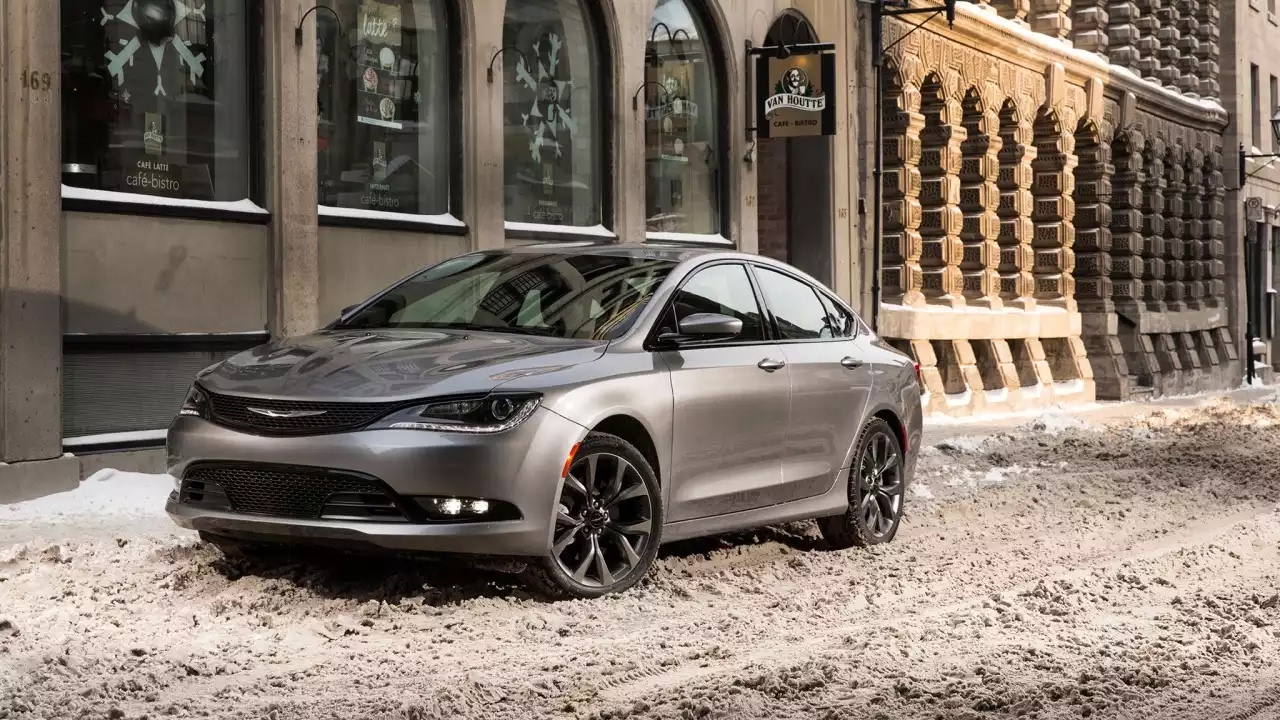
What makes the problem worse is how common it seems across different model years. Owners often report needing alignment services more often than they did with other sedans they’ve owned.
Another issue is that the suspension components in the Chrysler 200 tend to wear out faster than average. These parts are critical for keeping the wheels straight and steady, so once they weaken, alignment problems become frequent.
If left unchecked, poor alignment in the Chrysler 200 can lead to faster tire wear. This not only increases costs but also affects how safely the car handles, especially during high speeds or sharp turns.
While the ride quality is smooth when new, it doesn’t take long for rough roads and daily wear to create steering issues. Even small bumps can knock things out of place, leading to more visits to the mechanic.
Drivers who use the car for long commutes or daily errands may find the upkeep annoying. The need for repeated alignment checks adds time, cost, and frustration over the life of the vehicle.
The Chrysler 200 looks good and drives well at first, but it struggles with staying aligned. Frequent alignment problems and fast-wearing suspension parts make it one of the sedans that needs more attention than most.

